The ABCs of children’s books: ‘Alphabet Soup’ at the Eric Carle Museum looks at how picture books come to life
| Published: 02-23-2024 9:40 PM |
The Eric Carle Museum of Picture Book Art has no shortage of material to draw on for exhibits.
Aside from highlighting work from traveling exhibits, or showcasing illustrations of specific artists drawn from various sources, the Amherst museum can delve into its own permanent collection: over 9,000 artworks and other objects.
The Carle has done just that for its most recent exhibit, “Alphabet Soup: How Picture Books Are Made, From A to Z,” a show that highlights materials that go back over a century, arranged to provide a broad look at how picture books come to life and how the process has changed over the years.
The exhibit, which runs through June 2, features a wide range of preparatory materials — preliminary sketches, storyboards, printing blocks, hand-written notes — that detail how different artists created their books.
There’s plenty of finished art as well, with illustrations created from multiple mediums, and the exhibit is also built around information panels, each of which uses one letter from the alphabet to describe some aspect of picture books.
The display for “B,” for instance, offers examples of book dummies — mock-ups of a final book, with text and visuals in their proper positions — while “G” is for gutter and galley proofs. The latter is a pre-publication step in which editors and authors examine book content before it’s printed on a long, single sheet of paper.
Isabel Ruiz Cano, the Carle’s assistant curator and the creator of the show, says she thought organizing the exhibit around the alphabet would make the most sense, given it’s not based on a single artist or style of work but is rather a general overview of book-making processes and history.
Along those lines, said Ruiz Cano, she opted to call the new show “Alphabet Soup” because “you can go in any direction, to any part of the exhibit, to learn something. You don’t need to see things in any particular order.”
Article continues after...
Yesterday's Most Read Articles
 Granby Bow and Gun Club says stray bullets that hit homes in Belchertown did not come from its range
Granby Bow and Gun Club says stray bullets that hit homes in Belchertown did not come from its range
 Super defers Amherst middle school principal pick to successor; one finalist says decision is retaliation for lawsuit
Super defers Amherst middle school principal pick to successor; one finalist says decision is retaliation for lawsuit
 Political newcomer defeats Shores Ness for Deerfield Selectboard seat
Political newcomer defeats Shores Ness for Deerfield Selectboard seat
 ‘Home away from home’: North Amherst Library officially dedicated, as anonymous donor of $1.7M revealed
‘Home away from home’: North Amherst Library officially dedicated, as anonymous donor of $1.7M revealed
 Town manager’s plan shorts Amherst Regional Schools’ budget
Town manager’s plan shorts Amherst Regional Schools’ budget
 Annette Pfannebecker: Vote yes for Shores Ness and for Deerfield
Annette Pfannebecker: Vote yes for Shores Ness and for Deerfield
A graduate of Smith College and the University of Massachusetts Amherst who previously interned at the museum, Ruiz Cano says it was fascinating to delve into the Carle’s collection, beginning in January 2023, to become more familiar with the material. She’d had a briefer look at those archives when helping to compile material for a show on Eric Carle himself.
“I’m really interested in the book-making process, and I thought visitors would find that interesting, too,” she explained. “It gives you another way of looking at all the aspects of a book” — what Ruiz Cano calls the “whole book approach.”
Ellen Keiter, the Carle’s lead curator, gave her some key guidance for working with the collection, and other staff contributed ideas for the show. “I got some really valuable help,” she says.
Overall, “Alphabet Soup” showcases some 80 pieces from nearly 50 artists, stretching back to the early 20th century.
One highlight is a special edition of “Peter Rabbit,” by the English writer Beatrix Potter, that includes illustrations made with the original printing blocks from 1901. Then there’s a pen and ink design that Alice Bolam Preston, a children’s book artist born in Massachusetts in 1889, created for the title page of the 1921 story “The Little Man with One Shoe.”
Ruiz Cano says it “was a real challenge” to find subjects built around some lesser-used letters, like “Q” and “X.” But by using a little creativity, she and other staff came up with “seQuel” for “Q” and “piXel” for “X,” the latter to describe how some modern artists use digital tools.
A good part of the exhibit’s appeal is the way Ruiz Cano has linked materials to the information panels. One excellent example is the “P” station, which looks at the broad subject of printing.
Featured here are four art samples by Bonnie Christensen from the 1996 book “Breaking Into Print: Before and After the Printing Press,” which describes how modern printing processes developed.
Exhibit notes explain how German printer Johannes Gutenberg introduced movable metal type around 1450 for printing a new edition of the Bible, after scribes in medieval Europe had spent centuries laboriously writing and copying manuscripts by hand. It marked a revolution for disseminating written ideas.
Christensen’s artwork, composed of richly colored wood engravings with painted borders, beautifully recreates the look of medieval art, early manuscripts, and this early example of a hand-operated press.
And for “N,” a section labeled “Notes” reveals how a book by the late Don Freeman, a children’s author and illustrator who died in 1978, was published more than 20 years after his death by his family; they relied on detailed notes and preliminary artwork Freeman had compiled for a story called “Gregory’s Shadow.”
Freeman became especially well known as a children’s writer for his 1968 book “Corduroy,” about an anthropomorphic teddy bear in a department store. His notes on “Gregory’s Shadow” include sketches, a typed narrative, and hand-lettered papers on which he wrote rough notes to himself.
“forget Groundhog Day — its just about Gregory and his shadow,” one sheet of paper says. “how one depends on a friend even if its ones own shadow.”
“This is really a great peek into the artist’s process of creation and design,” Ruiz Cano said.
Showing work from a span of more than 100 years also helps highlight other changes that have taken place in children’s book publishing over the years.
Given the industry was dominated by white artists and publishers for much of the 20th century, earlier artwork in the exhibit features white characters pretty much exclusively, while more recent art samples highlight BIPOC children and themes, notably ones by BIPOC artists such as the late Jerry Pinkney.
“We’ve been doing a lot in the last several years to diversify the collection,” said Ruiz Cano.
“Alphabet Soup” also includes a station shaped like a giant “X” where visitors can read samples of books featured in the exhibit, and another constructed like a “Z” at which children can create their own little stories — zines — from a variety of art materials.
“We’ve already gotten some pretty good ones,” Ruiz Cano said with a laugh.
Steve Pfarrer can be reached at spfarrer@gazettenet.com.

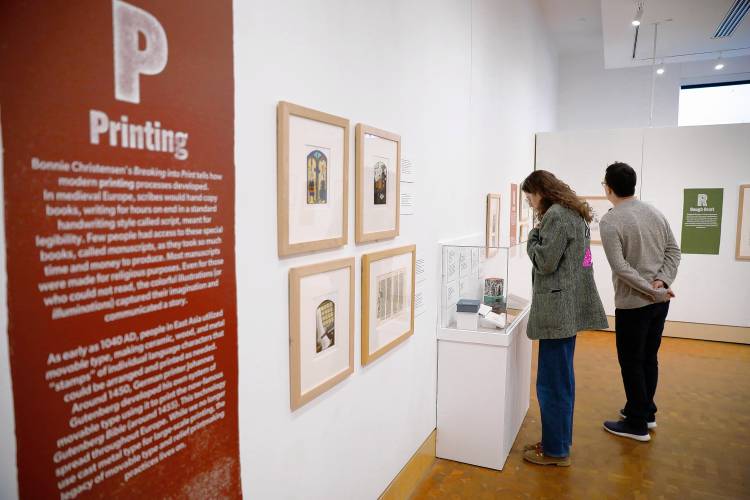
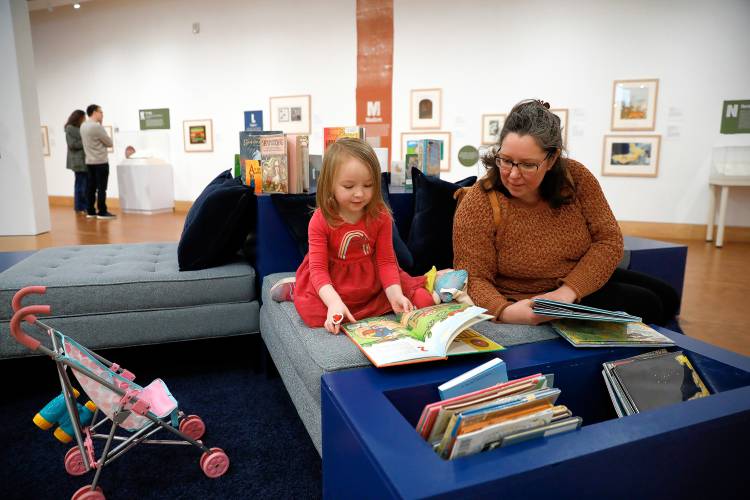
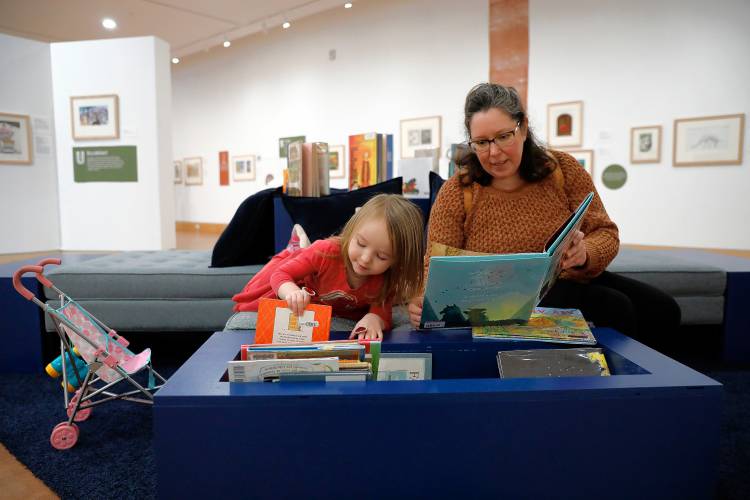
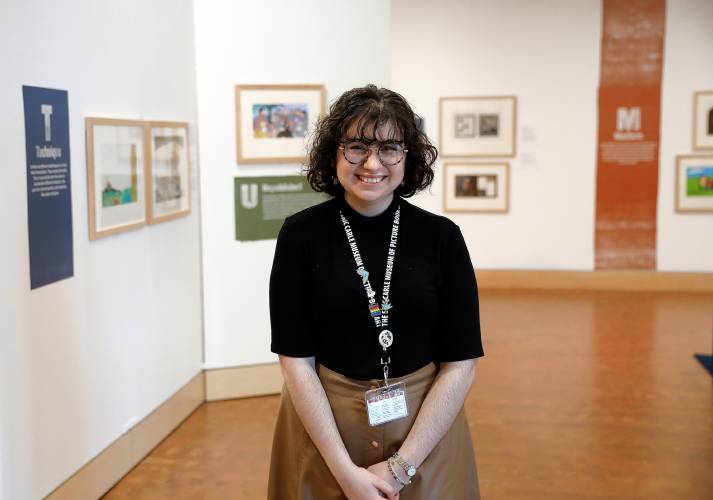
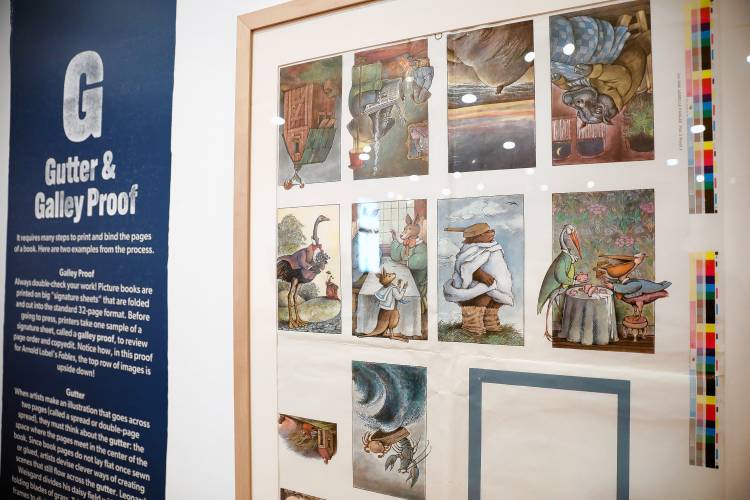
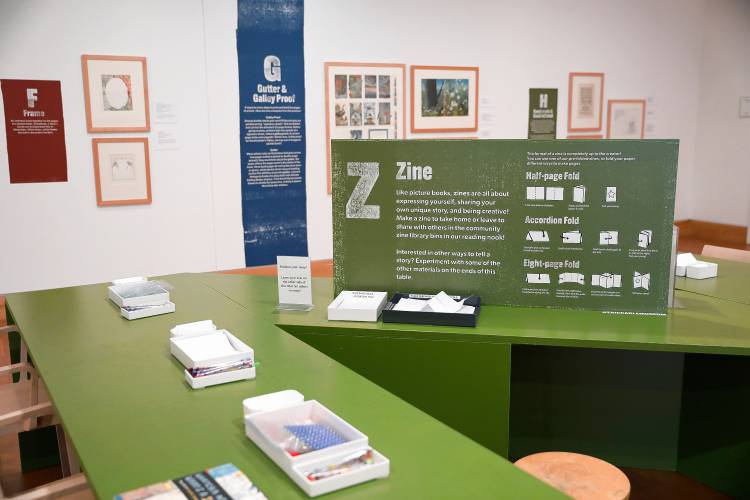
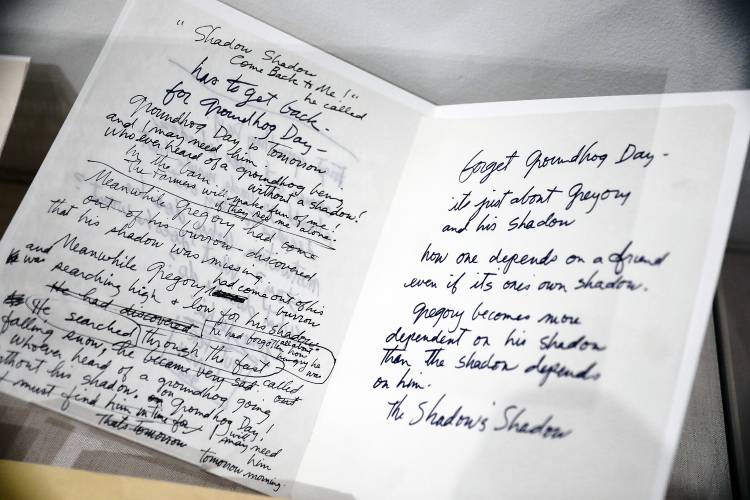
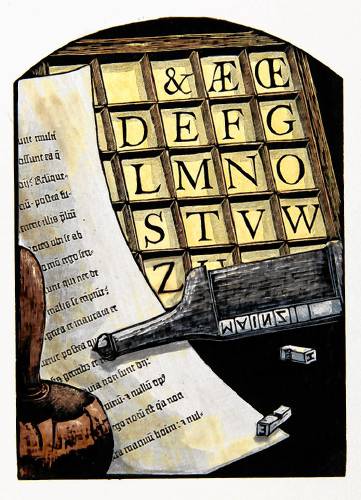
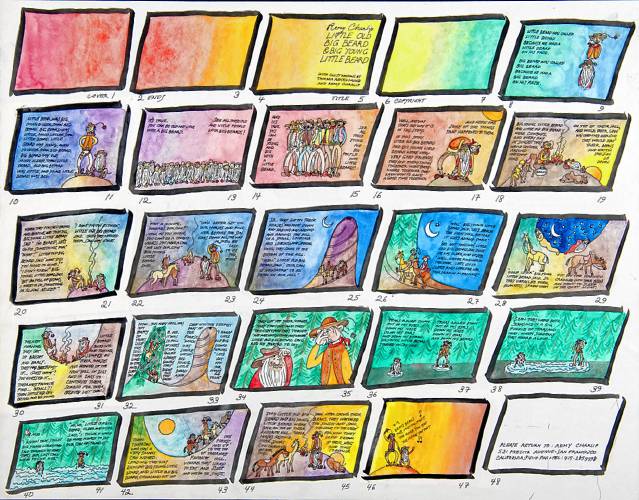
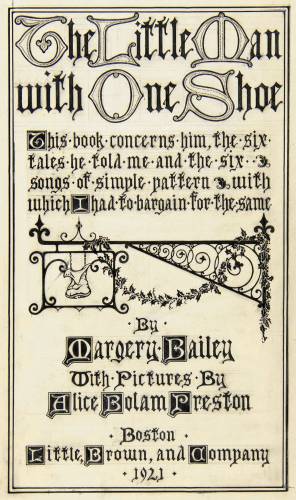
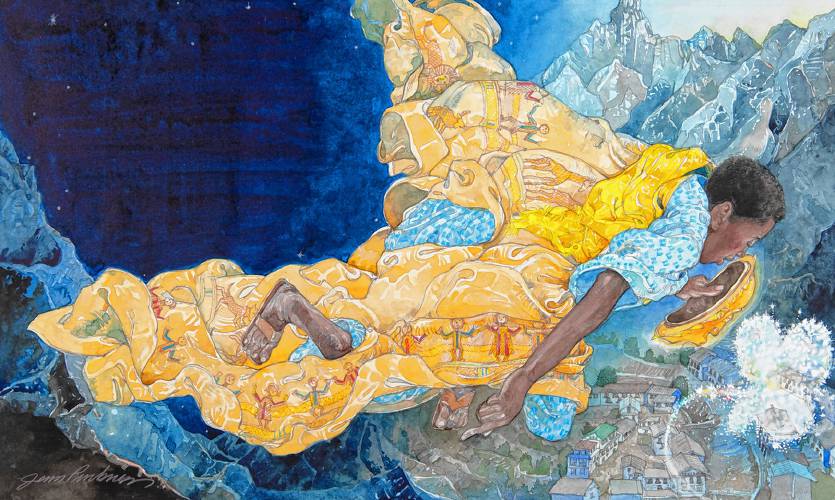
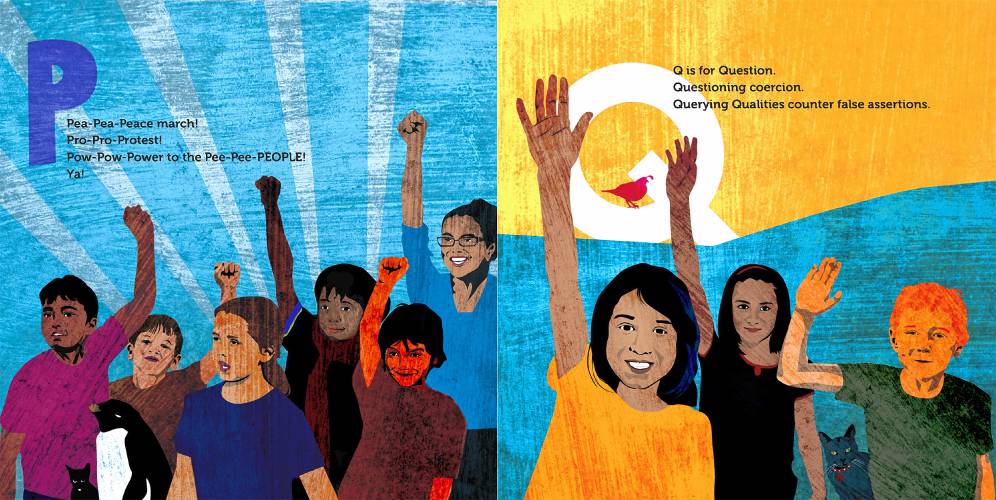
 A DIY approach to flying: Local pilots build and help build their own aircraft
A DIY approach to flying: Local pilots build and help build their own aircraft You’re up next: Western Mass open mic scene heats up post-pandemic
You’re up next: Western Mass open mic scene heats up post-pandemic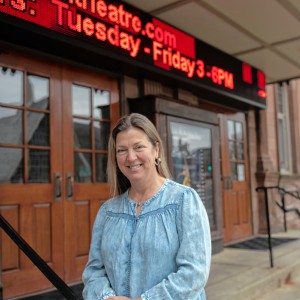 One upon a story slam: This year’s Valley Voices winners head to a final competition
One upon a story slam: This year’s Valley Voices winners head to a final competition Preserving a key part of Emily Dickinson’s legacy: Historic Evergreens house reopens at the Emily Dickinson Museum
Preserving a key part of Emily Dickinson’s legacy: Historic Evergreens house reopens at the Emily Dickinson Museum